A healthy lawn isn’t just grass—it’s a bragging right. It’s the lush, vibrant carpet that turns heads and makes your yard feel alive. But here’s the kicker: Not every lawn gets to claim that glory. Some limp along, patchy and pale, begging for a little love.
What’s the difference? It’s not luck. It’s a set of key traits that make the thriving ones stand out like royalty. Deep roots, resilient blades, and color that shouts health from across the street. The kind of lawn that practically asks you to walk barefoot.
Too many lawns struggle because they’re missing the basics. Overwatered, neglected, or smothered by weeds. But the healthy ones? They’ve got their act together. They know what it takes to stay lush and strong, season after season.
Ready to find out what separates the best from the rest? Let’s break down those key traits.
Rich, Deep Green Color

A lawn’s color is more than just eye candy; it’s a sign of health. Rich, deep green grass indicates good nutrition and hydration. This hue is achieved through proper fertilization and watering. When your lawn gleams with this vibrant shade, it signals balanced nutrients and an optimal pH level. In contrast, yellow or brown patches often signal distress, lack of nutrients, or water. Maintaining a consistent color requires regular care, including mowing, watering, and fertilizing. For a lawn to maintain its vibrant green, it needs a balanced combination of nitrogen, phosphorus, and potassium.
Uniform Grass Texture

A uniform texture is a hallmark of a well-maintained lawn. This means the grass blades are even in length and thickness, creating a seamless carpet-like appearance. Achieving such texture requires regular mowing and trimming. When a lawn has patches of varying textures, it may indicate uneven growth or pest issues. It’s essential to maintain a regular mowing schedule and watch for weeds or pests that can disrupt this balance. The feel of soft, even grass underfoot is a testament to dedicated lawn care, enhancing both appearance and comfort.
Minimal Weed Presence
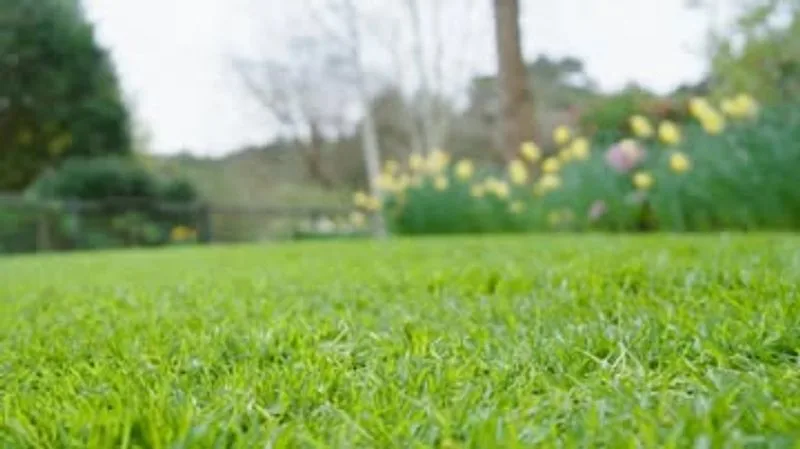
A healthy lawn is adept at crowding out weeds, thanks to thick, robust grass growth. An abundance of weeds often indicates underlying issues such as poor soil health or inadequate lawn care. Proactive measures like regular mowing, fertilization, and aeration help maintain weed-free turf. Additionally, proper herbicides can be used to tackle persistent weeds without harming the grass. Vigilance and timely intervention are key to preventing weed invasion, ensuring the lawn remains a pristine green expanse that is both visually appealing and healthy.
Well-Drained Soil

Good drainage is crucial for a thriving lawn, preventing waterlogging which can suffocate roots. Well-drained soil allows water to reach roots efficiently without drowning them. Poor drainage often leads to fungal diseases or root rot, showing up as yellowing patches. Contouring the lawn or installing drainage systems can ameliorate this issue. Healthy lawns with well-drained soil bounce back quickly after rains, their resilience evident in their undisturbed appearance and vibrant color. This trait not only supports growth but also simplifies maintenance efforts.
Consistent Growth Patterns

A consistently growing lawn showcases balanced nutrition and care. When grass grows uniformly across the yard, it highlights efficient mowing, watering, and fertilizing practices. Irregular growth can point to underlying issues like pests or nutrient deficiencies. Ensuring that your lawn receives even sunlight and water distribution helps maintain this consistency. The even growth pattern is not only aesthetically pleasing but also denotes a healthy, vigorous lawn that can withstand environmental stressors more effectively than its uneven counterparts.
No Bare Patches
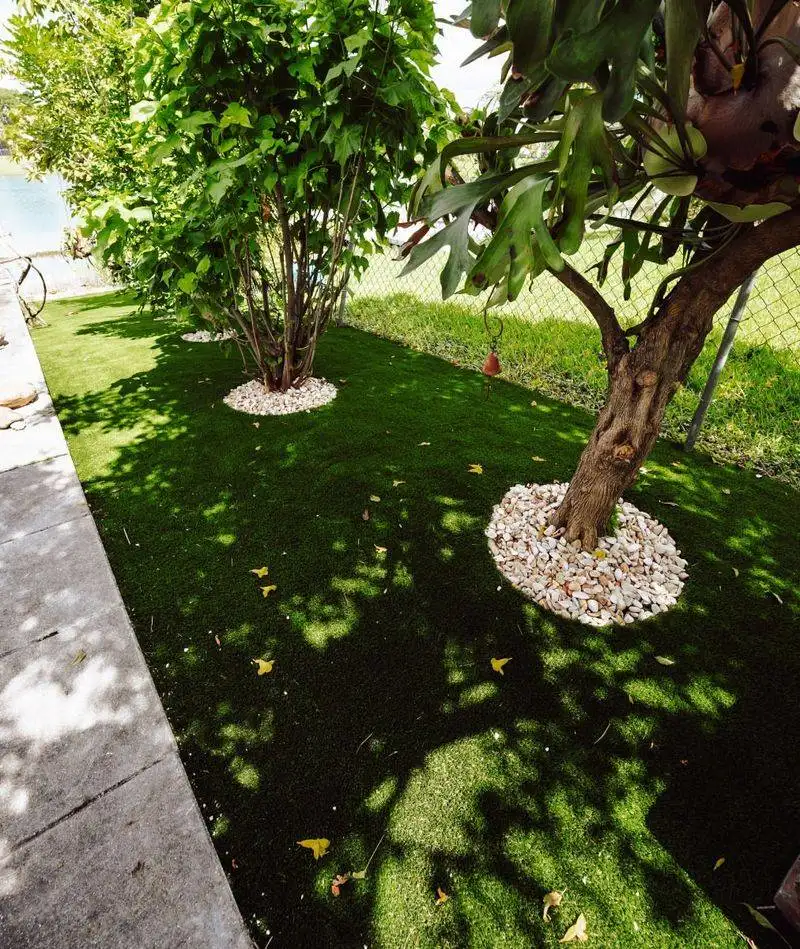
Bare patches in a lawn can be unsightly and often indicate underlying issues like pests or poor soil health. A healthy lawn boasts full coverage with no exposed soil. Addressing bare patches involves reseeding and improving soil conditions. Regular fertilization and aeration can help grass grow densely, eliminating these gaps. A lush, unbroken stretch of green is both inviting and a testament to thorough, consistent lawn care. Such complete coverage enhances the lawn’s resilience and visual appeal, offering a welcoming outdoor space.
Resilient to Foot Traffic

A resilient lawn withstands foot traffic without showing wear, indicating strong root systems and healthy grass. This resilience is a sign of vigorous growth and robust lawn care practices. Frequent use areas may compact soil, but aeration can alleviate this, helping roots breathe and grow. Selecting the right grass variety also plays a crucial role in traffic resistance. A lawn that recovers quickly from foot traffic maintains its lush look and durability, providing a functional and attractive ground cover for outdoor activities.
Balanced pH Levels

The pH level of soil affects nutrient availability and grass health. Healthy lawns have a balanced pH, typically between 6.0 and 7.0, allowing efficient nutrient uptake. If the pH is too acidic or alkaline, it can hinder growth, leading to discolored, stunted grass. Regular soil testing helps maintain this balance, guiding liming or sulfur applications as needed. Maintaining balanced pH levels ensures your lawn remains lush and vibrant, contributing to a formidable green space that thrives year-round.
Effective Fertilization
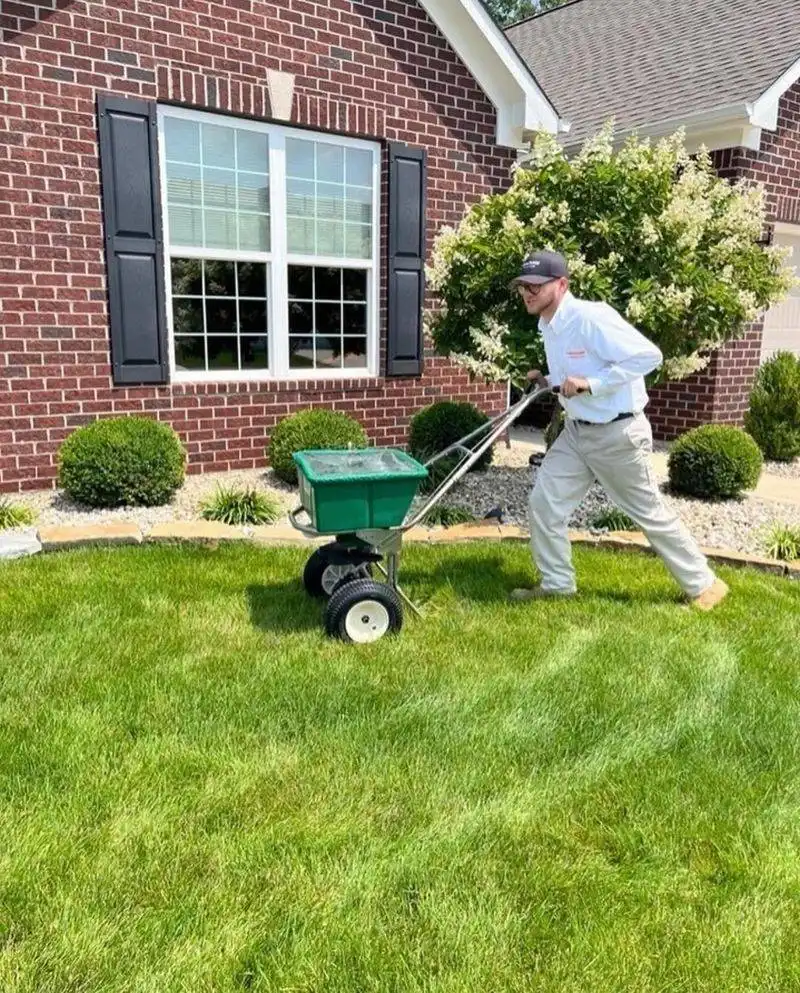
Fertilization provides essential nutrients that grass needs to thrive. A well-fertilized lawn is lush and vibrant, with robust growth and minimal diseases. Over-fertilizing can lead to runoff and environmental harm, so it’s crucial to follow recommended application rates. Balancing nitrogen, phosphorus, and potassium is essential for maintaining a healthy lawn. Effective fertilization practices, like using slow-release fertilizers, contribute to the lawn’s sustained health and beauty, making it a lush, green paradise that is both eco-friendly and visually stunning.
Thick Turf Density
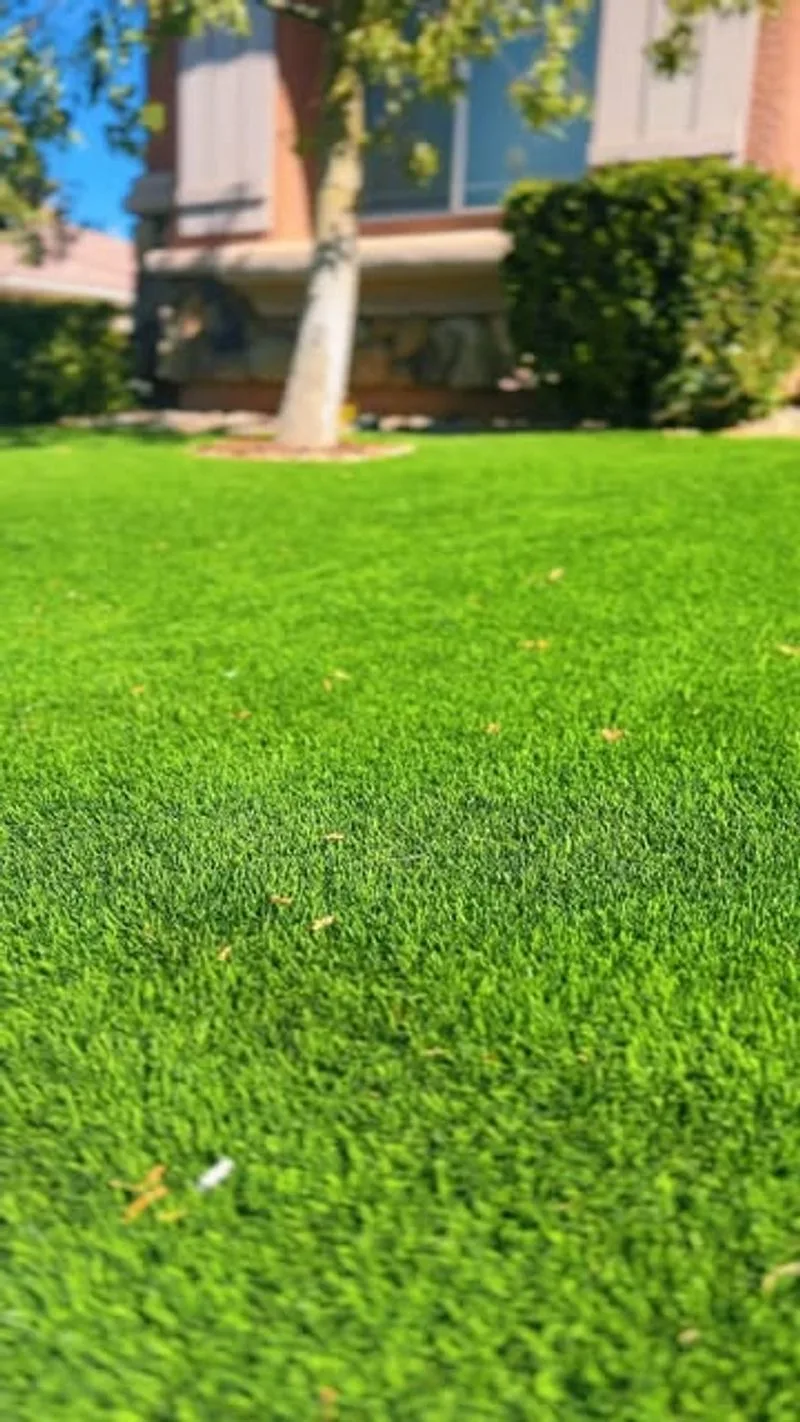
Thick turf is a hallmark of well-maintained lawns, blocking weeds and providing a lush appearance. Dense grass indicates healthy root systems and optimal growth conditions. Achieving thick turf involves regular mowing, proper fertilization, and adequate watering. Overseeding can also enhance density, filling in sparse areas. The dense, soft texture of thick turf is not only comfortable underfoot but also a sign of a thriving lawn environment that can resist pests and environmental stressors effectively, offering a serene outdoor experience.
Pest and Disease Resistance
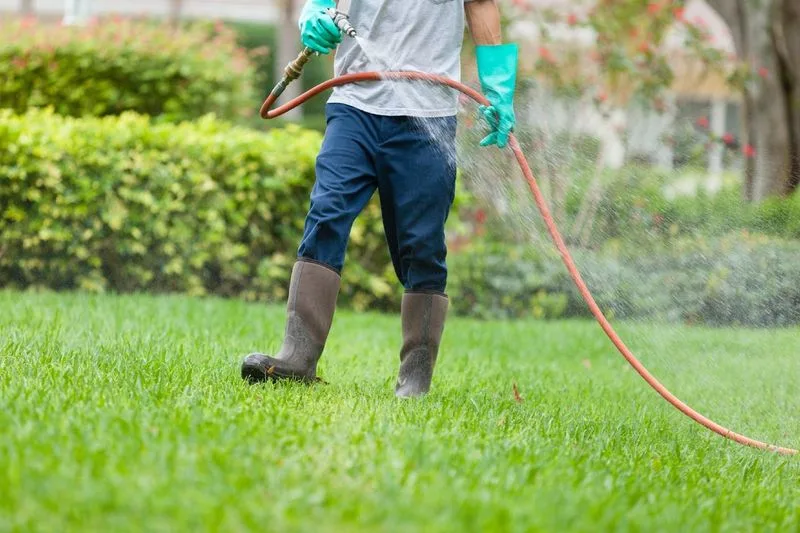
A healthy lawn effectively resists pests and diseases, showcasing strong immunity through proper care. Regular inspections for signs of infestation or disease can prevent widespread damage. Utilizing integrated pest management practices and selecting disease-resistant grass varieties contribute to this resilience. Well-nourished grass can fend off attacks naturally, maintaining its lush appeal. A lawn free from pests and diseases not only looks beautiful but also reflects the effectiveness of your lawn care routine, ensuring a vibrant and welcoming outdoor space year-round.
Regular Aeration
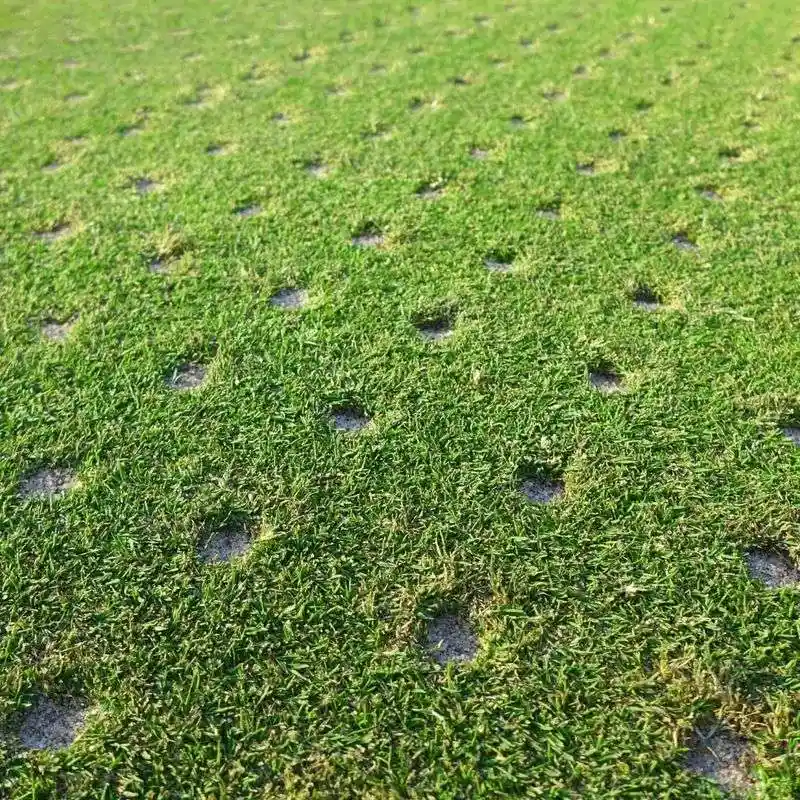
Aeration, the process of perforating the soil, is vital for lawn health. It improves air and water penetration, promoting strong root development and reducing compaction. Regular aeration is particularly important for high-traffic areas, helping to alleviate compaction and enhance growth. This process supports nutrient absorption and root expansion. By incorporating aeration into your lawn care routine, you ensure that the grass remains robust and healthy, capable of withstanding environmental stressors while retaining its lush, green appearance.
Seasonal Adaptability
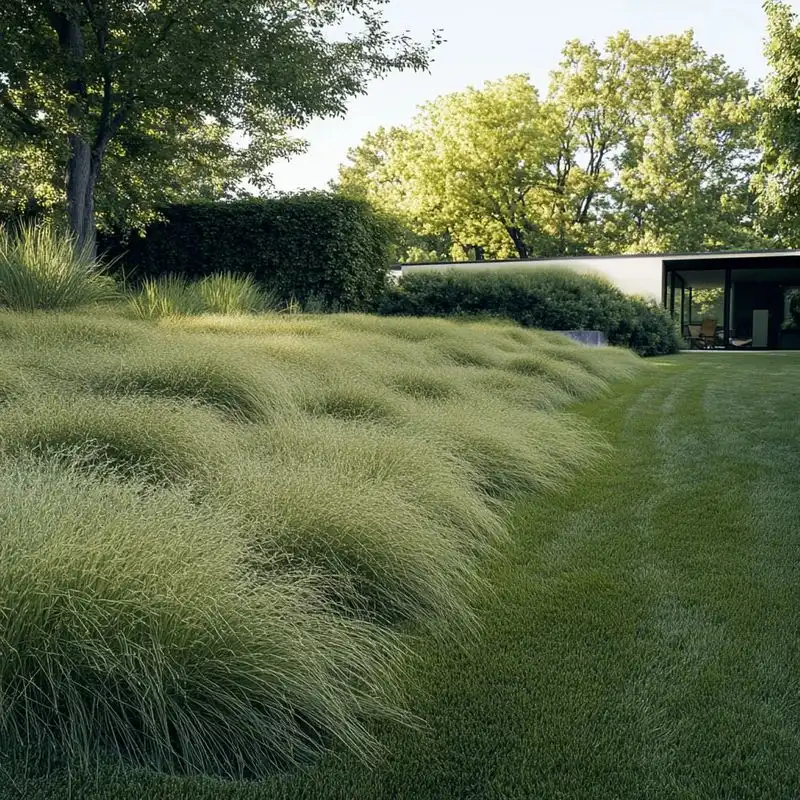
A healthy lawn adapts to seasonal changes, maintaining its appearance through temperature shifts. This adaptability is achieved by selecting the right grass type for your climate and providing seasonal care. Preparing the lawn for winter, spring, and summer involves adjusting watering, mowing, and fertilization schedules to meet changing needs. A lawn that thrives in all seasons is a testament to thoughtful care and planning, offering a consistent, beautiful landscape regardless of the weather, making it a rewarding feature of any home.

